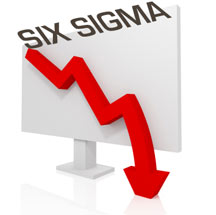
Six Sigma captured the imagination of CEOs around the world. There have been many claims of its successes yet these have at least partially been attributed to the Hawthorne Effect, which implies that if enough money is thrown into any methodology, at least some short-term results can reasonably be expected. However, an increasing number of articles such as those in Fortune, The Wall St Journal and Fast Companysuggest that Six Sigma companies are failing. The market share performance of many companies—including Ford, General Electric, Motorola, Delphi, Home Depot, 3M, Eastman Kodak, Xerox, and Larson—has fallen dramatically, and 91 percent of Six Sigma companies have trailed the S&P 500 since adopting Six Sigma.
…
Add new comment